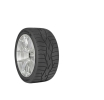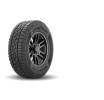Tires
General tire introduces the Grabber Justice A/T for law enforcement
It’s Still Winter Tire Season: Why Are They So Expensive?
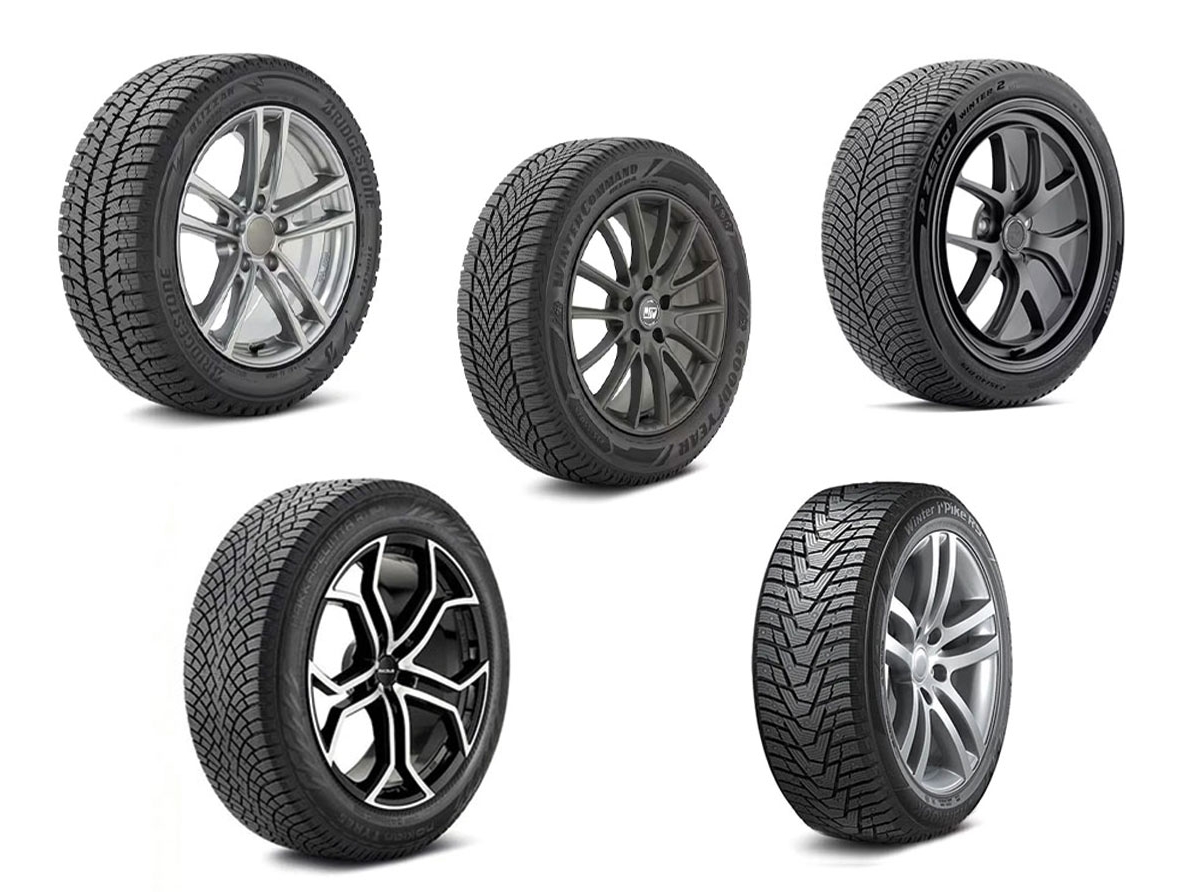
The first argument: “These tires are way too expensive!” This is where we need to understand the winter tire market—an essential “mechanical” element regulated by our governments, which in Quebec mandates their use from December 1 to the following March. Beyond this, it’s about choosing the best product for one’s vehicle.
Some consumers will naturally go for the best available product—these are often more affluent clients with high-end vehicles who don’t hesitate to pay top dollar for the best tires in the world. But what about everyone else?
It’s important to educate your clients, who often know very little about tires. The true winter tire market is divided into three categories. First, high-end tires, which use the latest technology. Then, mid-range tires, which are just as reliable but rely on slightly older technology, with acceptable components and updated features. Finally, there are budget-level tires—less expensive, built with older but still reliable technology and components. There are also bargain-priced imports that meet government standards but may not provide the safety expected on the road.
All these tires are on the market because they've been approved by government authorities at various levels, including safety (minimal) and quality (also minimal). However, they won't all perform the same way, and the difference between steering control and simply complying with the law won't have the same impact. Of course, government approval must first be respected, which is shown by the logo of a mountain silhouette with a snowflake in its center on the tire sidewalls.

Goodyear
The American manufacturer Goodyear produces some of the best winter tires in the world, and at a reasonable price.
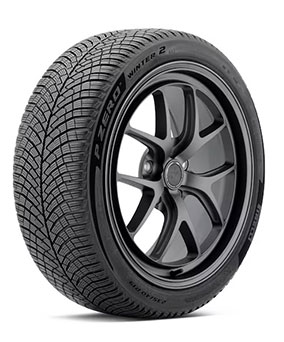
Pirelli
Known for highperformance tires, Pirelli has introduced the P Zero Winter, Sottozero, and the new Ice Friction.
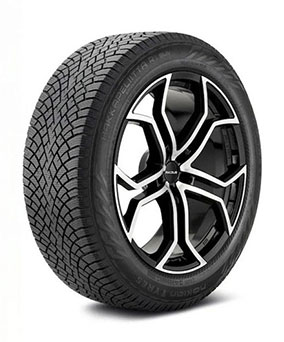
Nokian
The Finnish brand, famous for its Hakkapeliitta line, has built its reputation in a Nordic environment where winter conditions are the norm. Despite misconceptions about the name, Nokian is deeply rooted in Scandinavian expertise.
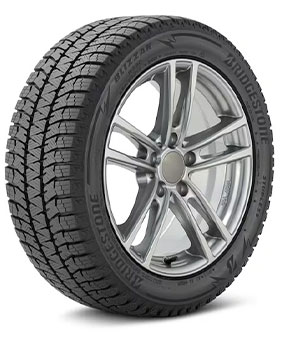
Bridgestone
Its Blizzak lineup has long been recognized as a premium winter tire, reliable in both snow and ice.
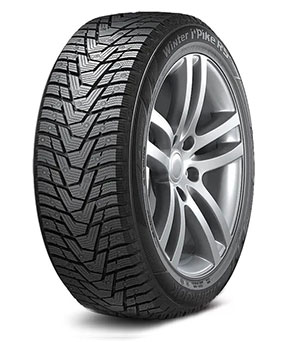
Hankook
Le géant sud-coréen Hankook nous propose des pneus de très haute qualité

L'Automobile Magazine
News
Business Directory



 En
En  Fr
Fr 
